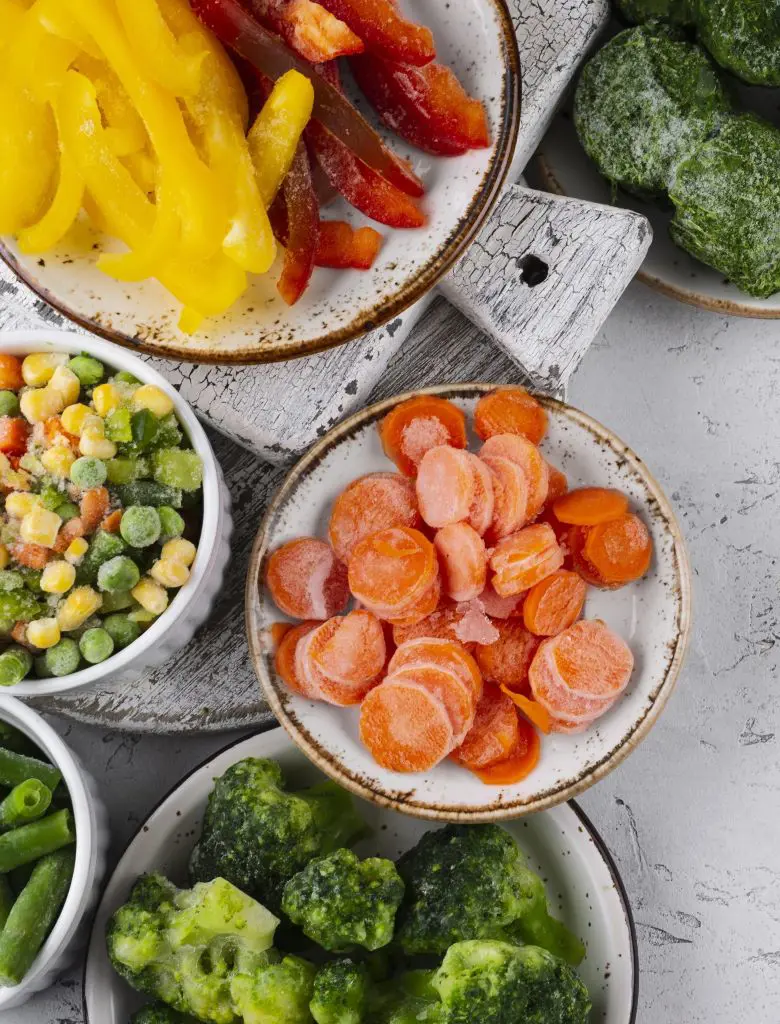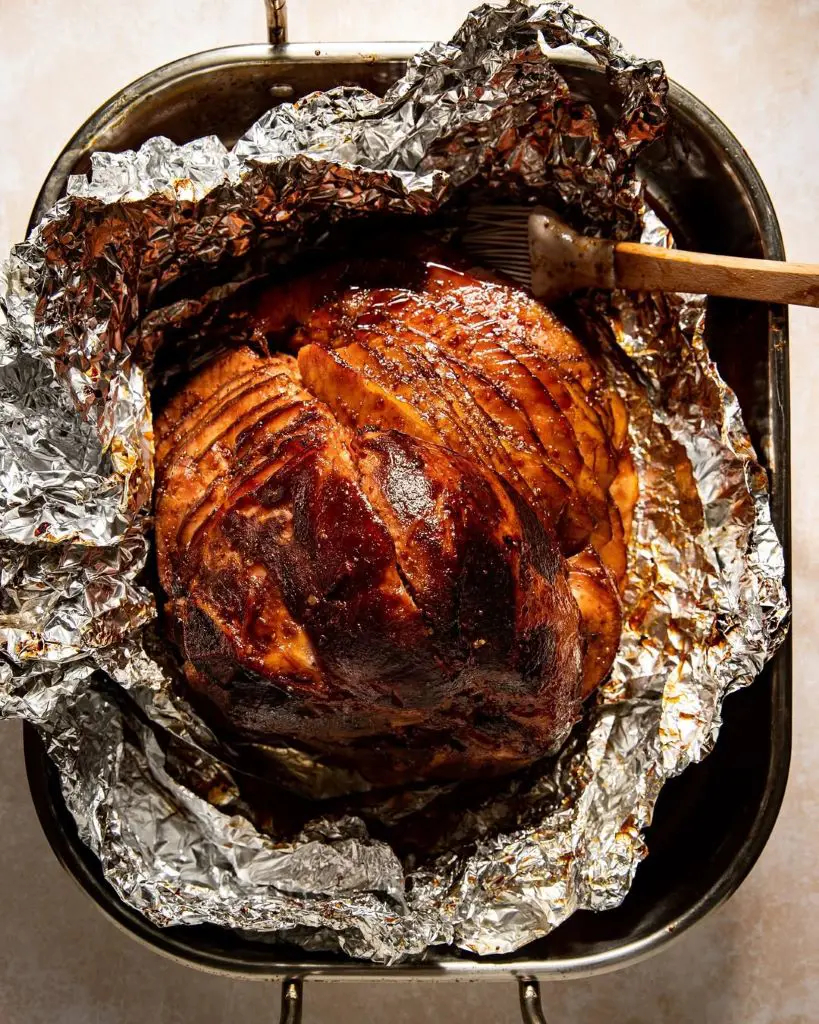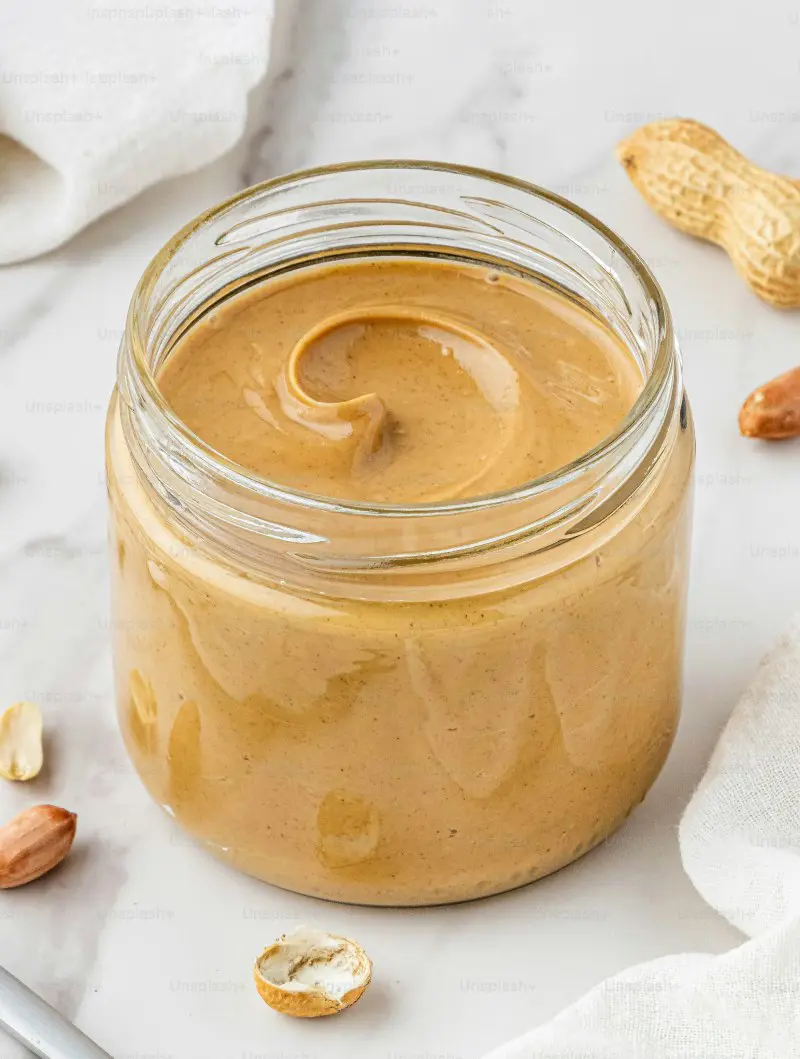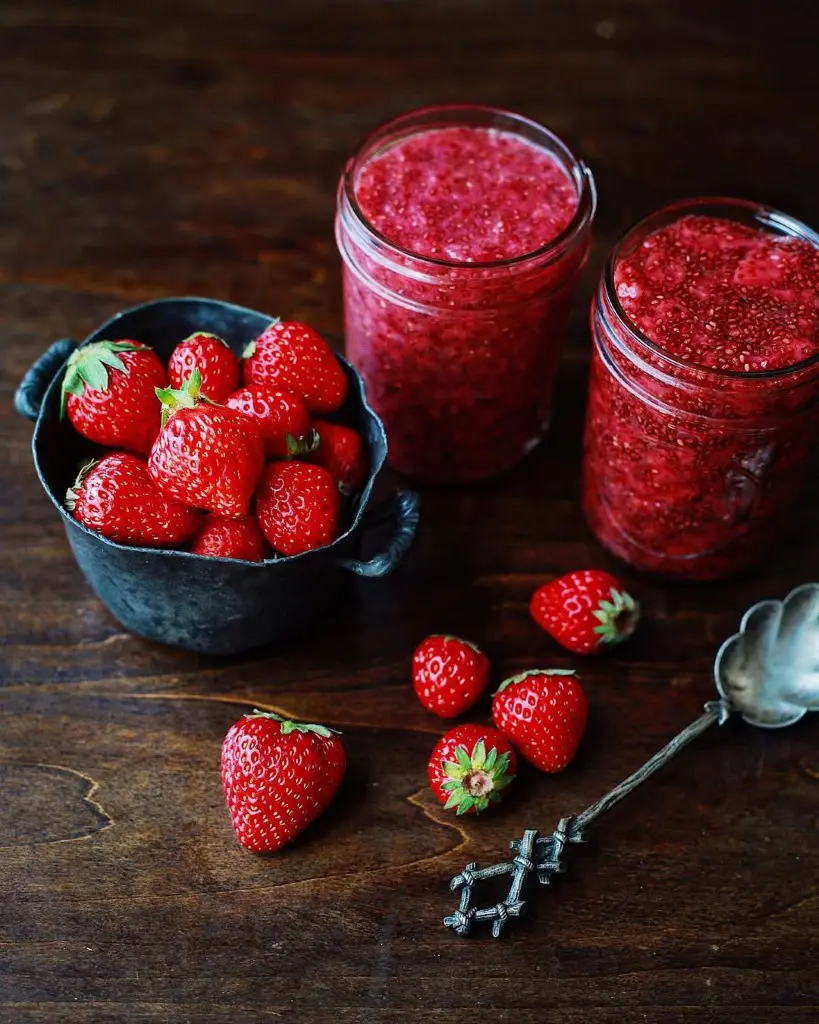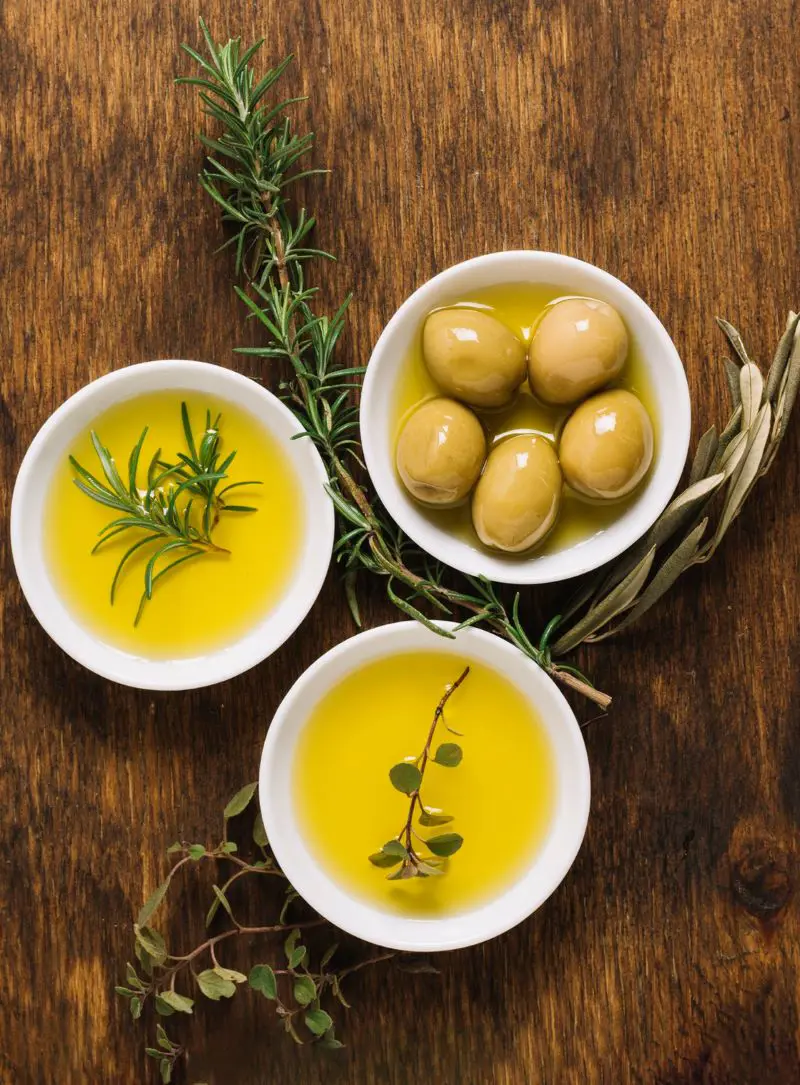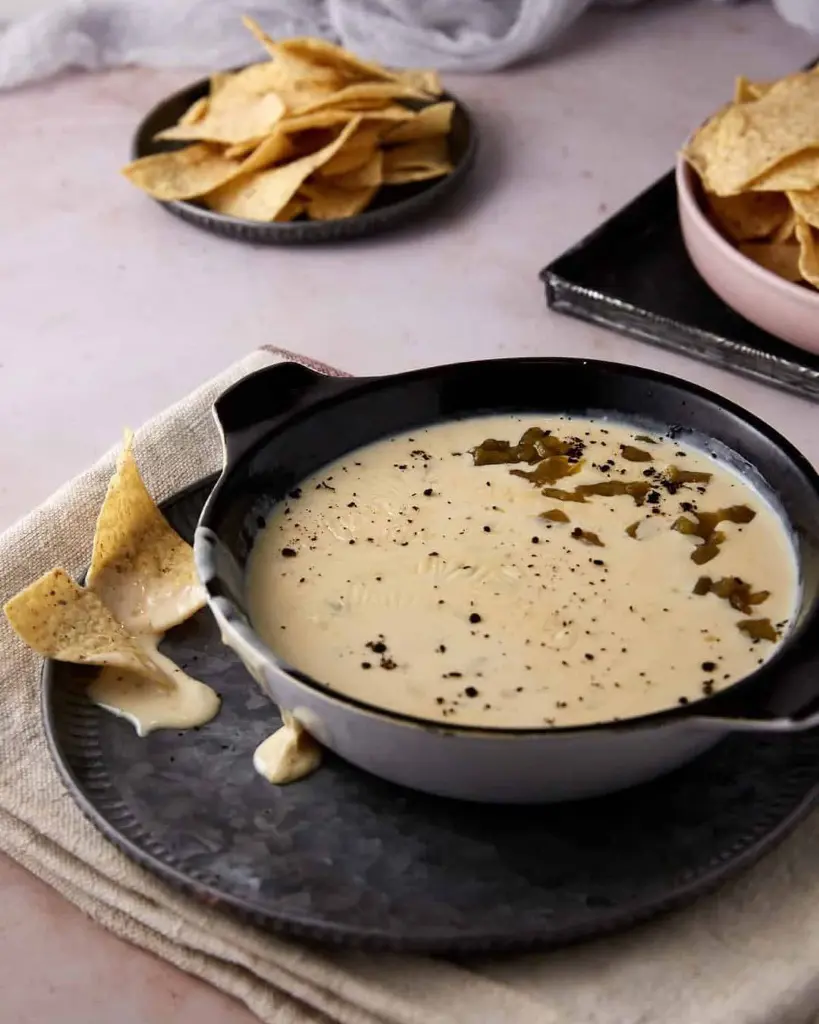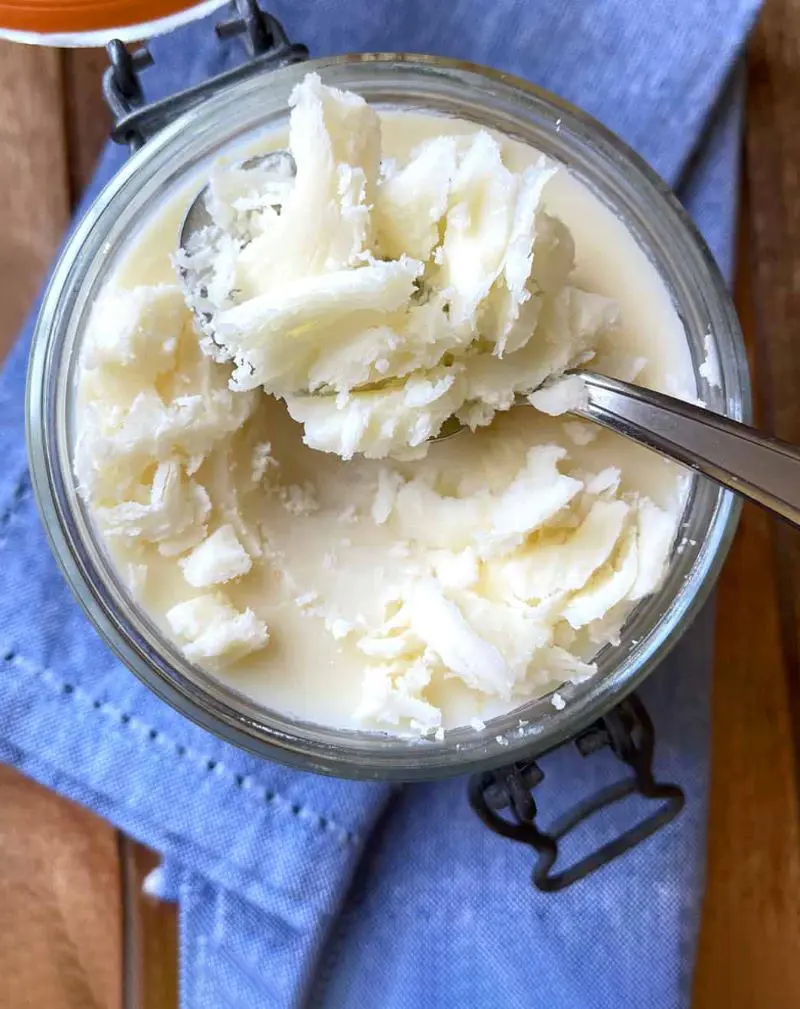How To Choose The Right Mango

Selecting a delicious mango can be easy and enjoyable when you know what to look for. Here's a more detailed guide to help you pick the best one:
a) Appearance:
- Don't focus solely on color. Mangoes come in various hues, from green to yellow, orange, and red.
- Different varieties have distinct shapes and sizes, so familiarize yourself with common types in your area.
b) Touch test:
- Gently squeeze the mango. A ripe one will give slightly under pressure.
- Medium-ripe mangoes feel somewhat firm.
- Unripe mangoes are very firm to the touch.
- Remember, mangoes can be enjoyed at all ripeness levels, each offering a unique taste experience.
c) Ripeness and flavor:
- Unripe mangoes have a sour-tart taste, perfect for certain dishes.
- they ripen, the flavor becomes naturally sweeter.
- Choose based on your preference and intended use.
d) Use familiar fruits as a reference:
- If you're experienced with selecting peaches or avocados, apply that knowledge to mangoes.
- Like these fruits, mangoes soften as they ripen.
e) Aroma:
- Ripe mangoes often have a fruity scent near their stems.
- This can be one of the most pleasant ways to choose a mango.
f) Avoid misconceptions:
- Red coloring on some varieties isn't an indicator of ripeness.
- Always prioritize feel over appearance when judging ripeness.
g) Practice makes perfect:
- Don't be discouraged if you're new to choosing mangoes.
- With experience, you'll develop a knack for selecting the best ones.
- Soon, you might even be teaching others how to choose mangoes!





